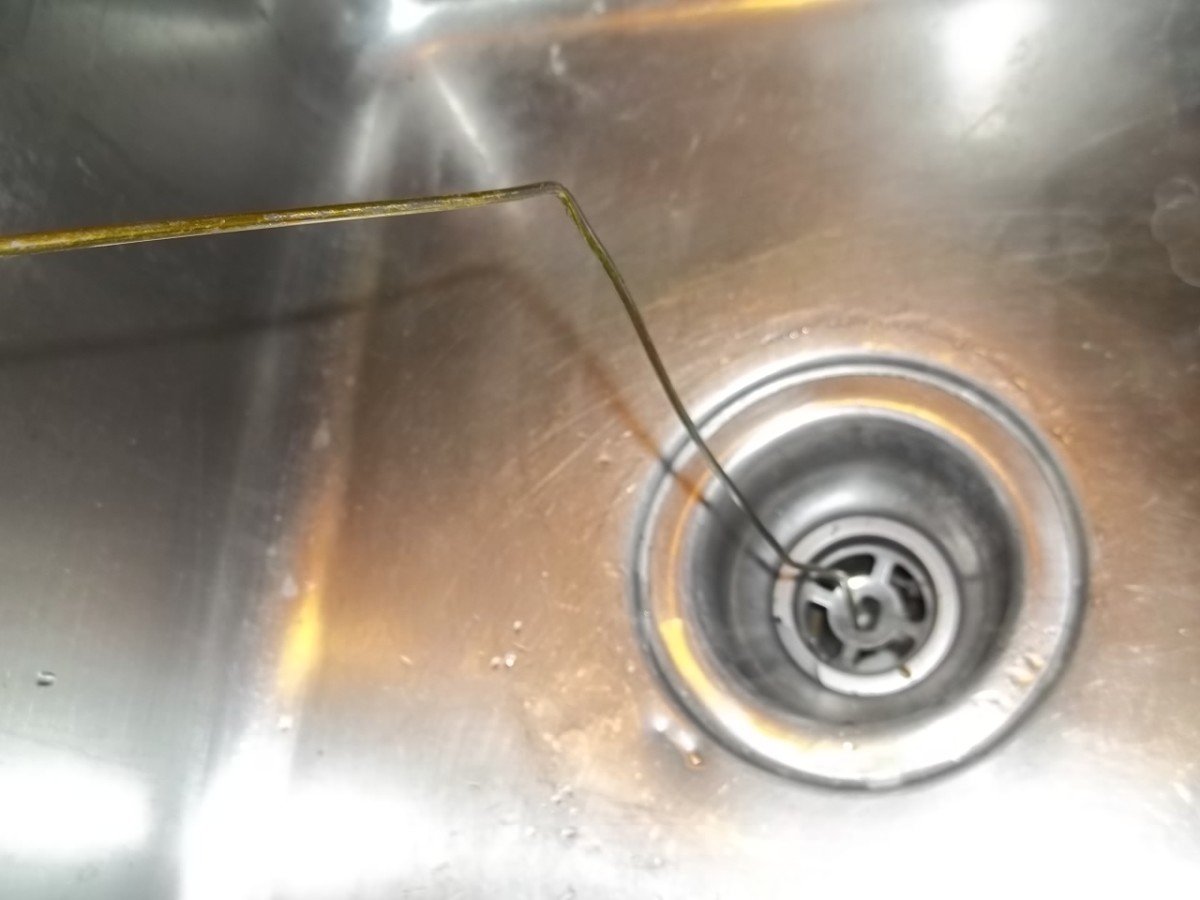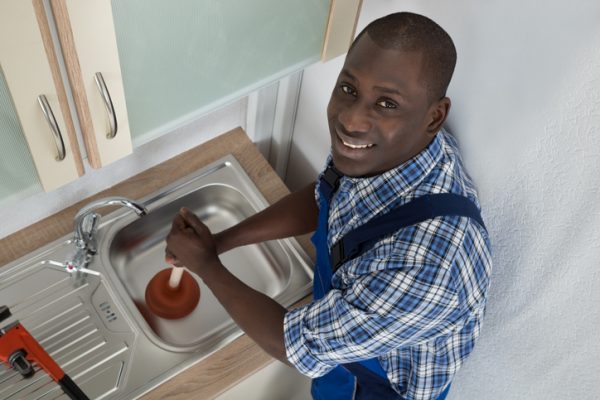The Trouble Down Under - 6 Reasons For Your Kitchen Sink's Drainage Issues
The Trouble Down Under - 6 Reasons For Your Kitchen Sink's Drainage Issues
Blog Article
Here in the next paragraph you'll find some worthwhile details on the subject of What To Do When Your Kitchen Sink Won’t Drain.

It's not regular for your kitchen area sink to block multiple times in one month. If your sink obstructs two times a week, there's some difficulty going on.
An obstructed kitchen drainpipe doesn't just reduce your tasks, it deteriorates your whole plumbing system, bit by bit. Right here are some usual practices that urge sink clogs, and how to avoid them.
You require correct garbage disposal
Reusing waste is great, but do you focus on your natural waste also? Your cooking area should have two separate waste boxes; one for recyclable plastics and one more for organic waste, which can end up being compost.
Having an assigned trash bag will assist you as well as your family avoid throwing pasta and other food remnants down the tubes. Normally, these residues soak up dampness and also come to be obstructions.
The mistake isn't from your cooking area sink in all
Possibly the trouble isn't from your cooking area sink, yet the whole water drainage system. In such an instance, you might observe that other sinks and drains get blocked every other week. You need a professional plumbing service to fix this.
You're throwing coffee down the drain
Made use of coffee premises and also coffee beans still soak up a considerable quantity of wetness. They may seem tiny adequate to throw down the drainpipe, yet as time takes place they begin to swell and take up even more area.
Your coffee grounds should go into organic waste disposal. Whatever fraction escapes (perhaps while you're depleting) will certainly be looked after during your monthly cleaning.
You have actually been eating a lot of oily foods
Your cooking area sink might still get obstructed despite having natural waste disposal. This may be due to the fact that you have a diet plan rich in greasy foods like cheeseburgers.
This oil layers the insides of pipelines, making them narrower and also even more clog-prone.
Make use of a bettor
Your pipeline had not been repaired properly to begin with
If you've been doing none of the above, however still obtain routine clogs in your cooking area sink, you should call a plumber. There could be an issue with how your pipelines were installed.
While your plumber gets here, check for any kind of leaks or abnormalities around your kitchen area pipelines. Don't try to repair the pipelines yourself. This might trigger a crash or a kitchen area flooding.
Someone attempted to wash their hair in the cooking area sink
There's a correct time and area for everything. The cooking area sink is just not the appropriate location to clean your hair. Washing your hair in the cooking area sink will make it clog eventually unless you make use of a drainpipe catcher.
While a drainpipe catcher may catch the majority of the fallouts, some hairs may still make it through. If you have thick hair, this may suffice to decrease your drainage as well as ultimately form a blockage.
There's even more dirt than your pipelines can deal with
If you obtain fruits directly from a ranch, you may observe even more kitchen dirt than other individuals that shop from a shopping center. You can quickly repair this by cleaning the fruits as well as veggies effectively before bringing them into your home.You require proper waste disposal
My Kitchen Sink Won’t Drain - What Should I Do?
If Your Sink Has a Garbage Disposal...
Turn on the disposal. If the disposal hums and doesn’t turn, then there’s clog in the disposal unit.
Go to your circuit breaker panel, and switch off the circuit breaker to your garbage disposal.
Back in your kitchen, double-check that your garbage disposal is off by trying to turn it on. The disposal should not move, and it should not make any noise.
Lie down underneath your sink so that you can see and access the bottom of the disposal unit. Look for a hole that looks like the head of a hex-head bolt in the center of the unit.
Place an Allen wrench inside this hole and turn it from side to side until you feel a decrease in resistance and are able to rotate the wrench completely in a single direction. This action rotates your disposal’s blade manually.
Put the wrench aside, and press the disposal unit’s reset button or switch.
Flip your garbage disposal’s circuit breaker switch back on, and turn on the unit to see if the obstruction has cleared. If it hasn’t, repeat the steps above until the obstruction is removed.
How to Unclog a Kitchen Sink Drain
If you have a double bowl sink, seal one side of the sink with an airtight lid or a second plunger before plunging the other side. Otherwise, you won’t be able to create adequate suction.
Place the cup of the plunger completely over the drain opening.
Turn on the faucet, and let the water run until it completely covers the cup of the plunger.
Start plunging by pushing the plunger down and pulling up again in order to build up suction. Make sure that the edges of the plunger stay in contact with your sink, or else you’ll lose the suction.
If you have trouble forming a seal between your sink and plunger, add petroleum jelly to the mouth of your plunger, and try again.
Plunge about five or six times before removing the plunger to see if water starts to drain properly. In some cases, you’ll even be able to feel the clog become dislodged while you plunge because suddenly there will be much less resistance. Repeat the plunging process until the clog clears.
Once water is draining properly again, run hot water down the drain for 5 minutes to help clear away grease, grime, and debris from the clog. https://www.plumbingjoint.com/blog/2019/august/my-kitchen-sink-won-t-drain-what-should-i-do-/

My Kitchen Sink Won’t Drain - What Should I Do?
If Your Sink Has a Garbage Disposal...
How to Unclog a Kitchen Sink Drain
https://www.plumbingjoint.com/blog/2019/august/my-kitchen-sink-won-t-drain-what-should-i-do-/
I'm just very eager about Five Ways to Fix a Slow Sink Drain and I'm hoping you liked the blog posting. Liked our write-up? Please share it. Let another person find it. I value reading our article about Why Is My Sink Not Draining?.
Book 24/7
Report this page